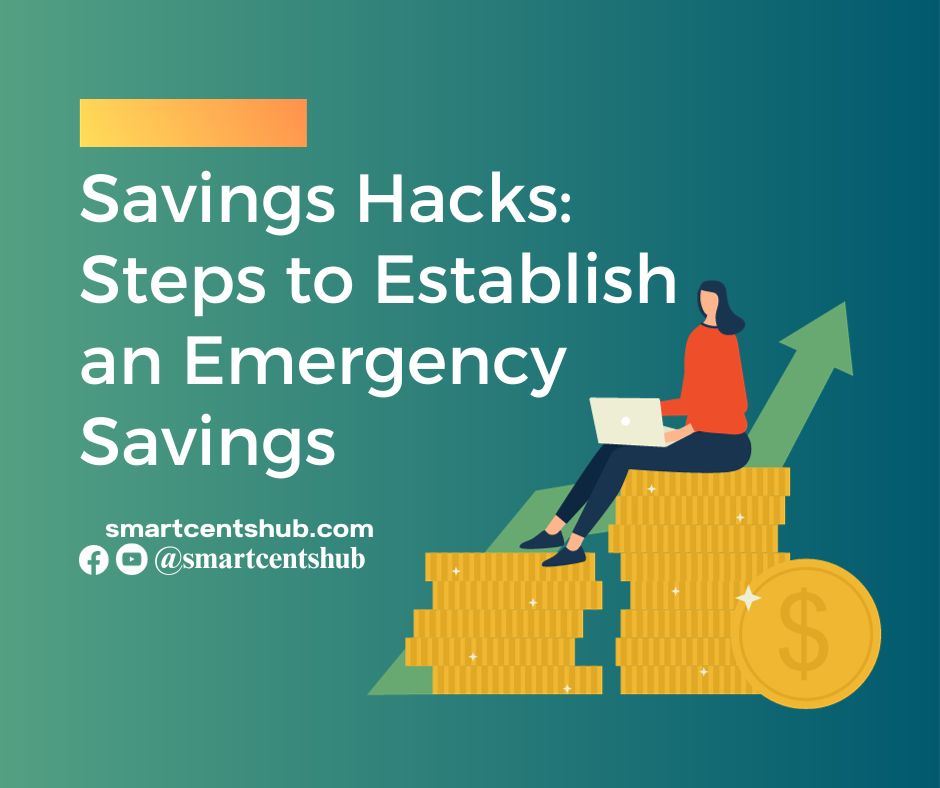The financial safety net is your hero in a world reliant on solid finances. We’re all aware that life can throw us off guard. An adequately sized emergency fund can provide the necessary financial buffer in times of crisis, be it a surprise medical bill, unexpected car repair, or an abrupt layoff. In the following post, we will provide some workable hints and tips that will permit you to build a strong backup plan, giving you peace of mind in troubled times.
Why You Need an Emergency Fund
But first, let’s quickly talk about why an emergency savings fund is so important. Consider it your financial safety net. The safety net helps keep you from falling into debt or making rash financial decisions when it feels like everything is out of control. Here are a few reasons why you should prioritize building an emergency fund:
Financial Peace of Mind: The presence of a safety net can lower the burden of emergency-related stress and worry.
Avoiding Debt: You won’t have to resort to credit cards or loans, which will spare you from mounting high-interest debt.
Maintaining Financial Goals: It keeps you on target with your lifelong financial targets, like retirement or buying a home.
Now that we know the value of an emergency fund, let’s talk about real-world steps to create and maintain one.
1. Set Clear Savings Goals
Begin with establishing what your financial objectives are for your emergency fund. A general guideline is to set aside at least three and up to six months of living expenses. But your situation may differ, so consider things like job security, monthly costs, and how comfortable you are with taking risks to determine the savings goal that makes sense. Be realistic and set an achievable target to start with.
2. Start a separate account just for your emergency fund.
Isolate your emergency fund from your regular checking or savings accounts. It’s harder to raid your emergency fund with a purpose if you’ve got a bank account. Find a high-yield savings account with competitive interest rates to help your money grow.
3. Automate Your Savings
Set up an automatic transfer from your main account to your emergency fund account each payday. Treating your savings like a non-negotiable bill ensures you contribute to your fund successfully.
4. Cut Unnecessary Expenses
Review your monthly spending habits and identify areas where you can cut back. Consider canceling unused subscriptions, eating out less, or finding more affordable alternatives to reduce your discretionary spending. Redirect the money you save toward your emergency fund.
5. Windfalls and Bonuses
Consider allocating some of the money to your emergency fund whenever you receive unexpected windfalls like tax refunds, work bonuses, or gifts. This can give your savings a significant boost without impacting your regular budget.
6. Side Hustles and Part-Time Work
Exploring part-time work or side hustles can increase your income, specifically for your emergency fund. The additional earnings can accelerate your savings progress.
7. Review and Adjust
Periodically review your emergency fund’s progress and make adjustments as necessary. Life circumstances change, so updating your savings goals and contributions is essential.
In conclusion, building an emergency fund is essential to sound financial planning. It provides a safety net during unexpected economic challenges and ensures you stay on track with your long-term financial goals. By setting clear goals, automating your savings, and making conscious choices to cut expenses and increase income, you can build a robust emergency fund that brings peace of mind and financial freedom.
Remember, financial stability is a journey; building an emergency fund is a significant step towards achieving that freedom. Start today, and you’ll be better prepared for whatever life throws your way. Your future self will thank you for it!


